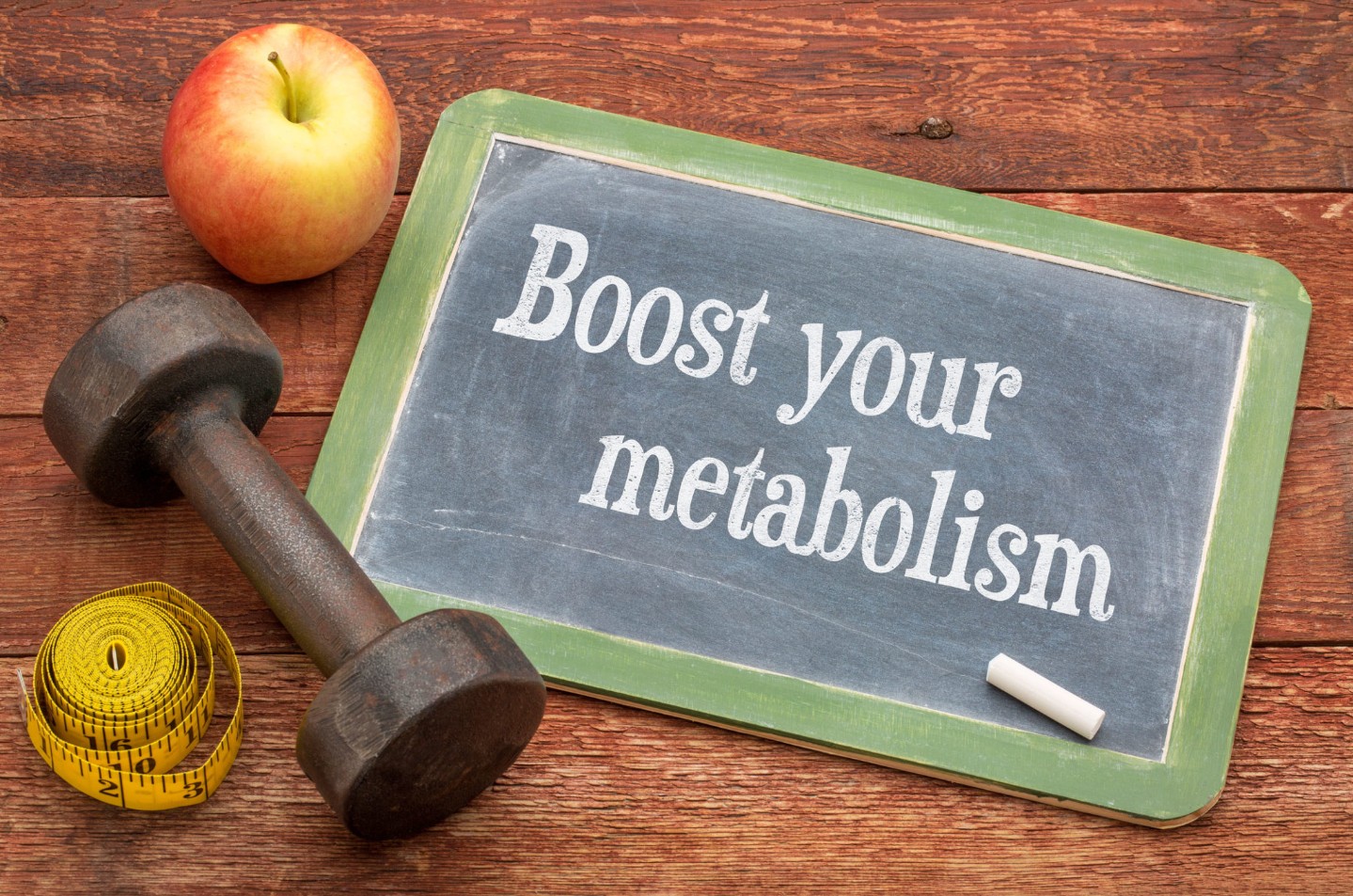Implanted Heart Rhythm Devices
APR 08, 2024A healthy lifestyle is very important to protect the electrical system of the heart. Once it gets damaged, the heart may have little ability to recover.
Read More
Go to a playground sometime and watch the nearest batch of rambunctious kids. They mostly spend their time sprinting around in circles and climbing over everything that’s climbable. Now go hang out with some middle-agers while they engage in recreational activity. Notice any difference? The youngsters run and run until they can barely breathe, and then run some more. The adults sit, gab, text, surf (the web), swig beer, eat lots of food, and pretty much just sit there.
Now let’s say you’re one of those middle-agers. You’ve done a good job taking care of yourself and you try to exercise on a daily basis by walking a few miles on the treadmill. Yet, when you challenge your body with the kind of vigorous exertion that kids take for granted, you find yourself sweating like broken sprinkler system and panting like Charlie Sheen on a daytime talk show. You carry some laundry up a flight of stairs or help a neighbor move some furniture and wonder how you could possibly be out of breath despite your regular exercise.
To get at the answer to this question I’ve got to bore you with a short dissertation on physiology.
Glucose is the fuel your body uses to power its muscles and other organs. Under normal conditions, your cells employ a highly efficient series of chemical alterations to convert the glucose into mechanical energy with small amounts of exhaled carbon dioxide as the discarded waste. This process is called aerobic metabolism. The carbon dioxide never builds up in your blood since your lungs do an excellent job of sensing its presence and accelerating your breathing to whatever level needed to get rid of it. You should know, by the way, that it is your body’s drive to eliminate carbon dioxide, rather than your need to take in oxygen, that drives how fast you breath—hold your breath for 30 seconds and you’ll quickly realize how much your body doesn’t like even the temporary accumulation of this harmful metabolic byproduct.
As the intensity of exercise increases your heart rate and breathing rise in a predictably linear fashion. We map this relationship whenever we have a patient do one of our treadmill stress tests. An interesting thing happens, however, when your heart rate reaches the upper range. With your muscles demanding more and more energy your cells switch from aerobic to anaerobic metabolism. This is another series of chemical reactions that produces energy but which is considerably less efficient than aerobic metabolism and which ends up with a dramatic increase in the production of CO2. At that point your heart rate picks up quickly and your breathing speeds up out of proportion to your level of exercise. Once you’re in this range you won’t be able to sustain your activity for long.
The point where you switch from the efficient aerobic pathways to the inefficient anaerobic system is called the anaerobic threshold (AT). When you’re young you have a relatively high AT and can do a lot of hard work and strenuous exercise without stopping to catch your breath. The typical 20-year-old can get his heart rate up to over 160 beats per minute before switching to anaerobic metabolism. With age, through, your AT drops in a predictable fashion to the point where, at 65 years of age, you can push your heart rate to only 124 before reaching your AT (see helpful chart here).
The interesting thing about AT is that you have some control over it. Elite athletes spend a great deal of time exercising right at their threshold in order to maintain or even raise it. Lance Armstrong, for example, used to design his work-outs to keep him right at his threshold rate of 178 beats per minute for as long as possible with frequent intervals at even higher levels.
While it’s known that AT drops with age it’s also been proven that the rate of decline is not necessarily fixed, but rather depends on how much you train your body to operate at a level near your AT. A 50-year-old person, for instance, could design an exercise regimen to include two days a week of interval training (e.g. faster walking, running, more resistance on the exercise machinery) so that his heart rate skips up to the 140s or 150s for brief periods of time. Such training has been proven to retard the decline in AT as you age.
Now back to you. Your daily exercise is great but you probably never get your heart rate near your AT—never, that is, until you’re climbing stairs or moving furniture. In fact, the last time you pushed yourself this hard may have been 10 years ago, but at that time your AT was 10 points higher than it is now. The answer for you, of course, is to incorporate more vigorous exercise into your regimen once or twice a week. Several months of this and you should find that you’re no longer breathless with a flight of stairs.
As a cardiologist I see this problem pop up just after the first snowfall when I’m asked to evaluate a lot of patients for difficulty breathing when shoveling snow. “I’ve done this every year but have never been this short of breath.” For most of these people, shoveling snow may be the only time during the year that they push their bodies to their AT. Unlike children, for whom maximal exertion is a daily occurrence, most older adults rarely reach that point. If they had instead spent the summer months pursuing balanced exercise habits they wouldn’t be seeing a cardiologist.
For the rest of us, here’s my advice: Engage in aerobic exercise 30-45 minutes a day for at least 5 days a week. Devote one or two of your sessions to more vigorous exertion for 5 minutes at a time with 5 minutes of slower rates in between. As long as you’re relatively healthy you can push yourself fairly hard and try to maintain your pace for at least 5 minutes before slowing down again.
If you have doubts about your safety when exerting to the point of breathlessness just talk to your doctor. The treadmill stress test is an excellent way to determine if you’re safe to ramp up your exercise. With this test we push you well past your AT while watching your heart carefully on an EKG monitor and can identify any lurking problems that might put you at risk. If you’ve not exercised much in the last few years a stress test might be helpful.
At this point you’ve got only 9 more months until the next big snowfall to get yourself in shape for shoveling. Transplant yourself back to the days of your youth, pick up your exercise intensity and you’ll feel so good by next December that you’ll want to come over and clear my driveway, too.

A healthy lifestyle is very important to protect the electrical system of the heart. Once it gets damaged, the heart may have little ability to recover.
Read More
Heart disease is the number one cause of death for women and men, claiming more lives than all forms of cancer combined.
Read More
With heart disease remaining the number one killer of women and men in the United States, it’s important to take action to protect your heart – even if you feel fine.
Read MoreWhen you need local health information from a trusted source, turn to the CHI Health Better You eNewsletter.